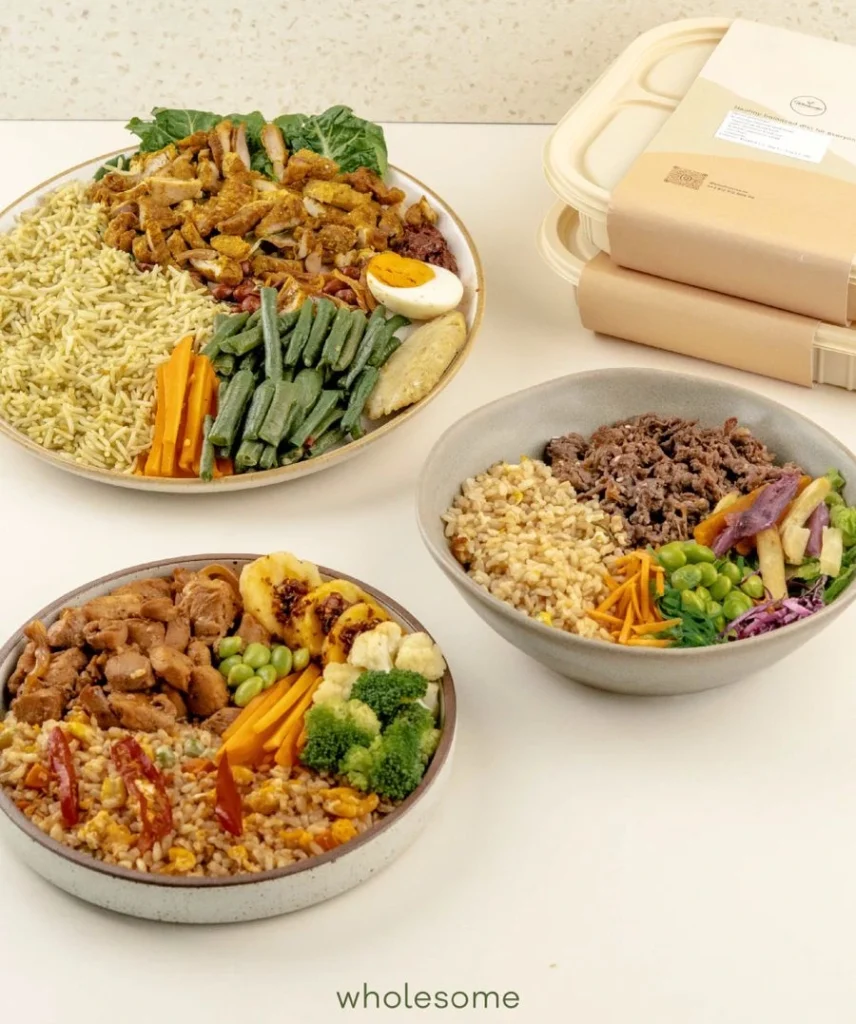Wholesome Eating Made Simple: Practical Tips for a Healthier Lifestyle

Healthy eating has become one of the most talked-about topics in modern wellness. Yet, for many people, the idea of living and eating “wholesome” often feels complicated or restrictive. The truth is, wholesome eating does not mean depriving yourself of pleasure. Instead, it is about cultivating mindful food choices, prioritizing nutrient-rich ingredients, and maintaining a balanced approach that fuels both body and mind.
What Does “Wholesome Eating” Really Mean?
Wholesome eating goes beyond the popular concept of dieting. It emphasizes the quality, integrity, and nutritional value of food rather than just calorie counts. A wholesome diet typically includes:
- Whole foods: minimally processed ingredients like vegetables, fruits, nuts, seeds, and grains.
- Balance of macros: adequate proteins, healthy fats, and complex carbohydrates.
- Mindful portions: listening to hunger cues instead of eating out of habit.
- Sustainability: choosing foods that are good for your health and the planet.
Tip 1: Prioritize Whole Foods Over Processed Options
Whole foods retain their natural fiber, vitamins, and minerals, making them more nutrient-dense compared to highly processed items. For example:
- Replace instant noodles with whole-grain pasta or brown rice.
- Swap packaged snacks with fresh fruits or nuts.
- Choose homemade meals instead of fast food whenever possible.
Tip 2: Balance Macronutrients in Every Meal
A plate that follows wholesome principles is colorful and balanced. The formula can be simple:
- Protein: lean meat, fish, tempeh, tofu, or legumes.
- Carbohydrates: whole grains, sweet potatoes, or corn.
- Healthy fats: avocado, olive oil, chia seeds, or coconut.
- Vegetables: at least half of your plate filled with a variety of colors.
This approach not only provides satiety but also stabilizes blood sugar, giving you sustained energy throughout the day.
Tip 3: Hydrate Mindfully, Not Just Frequently
Water is essential, but wholesome hydration also includes electrolytes and natural fluids. Instead of sugary sodas or packaged drinks, try:
- Infused water with lemon, cucumber, or mint.
- Coconut water for natural electrolytes.
- Herbal teas like ginger or chamomile for relaxation.
Tip 4: Practice Seasonal and Local Eating
Eating according to the season ensures you get fresher, nutrient-rich food while supporting local farmers. In Indonesia, for instance:
- Mangoes are abundant in the rainy season.
- Papayas, bananas, and spinach are available year-round.
- Sweet corn and cassava offer sustainable, local carbohydrate alternatives.
This practice aligns with sustainability and cultural food traditions, making wholesome eating not just healthier but also more environmentally conscious.
Tip 5: Adopt Mindful Eating Practices
Wholesome eating is as much about how you eat as it is about what you eat. Simple adjustments can transform your mealtime experience:
- Eat slowly and chew thoroughly.
- Avoid screens (TV or mobile phones) during meals.
- Listen to your hunger and fullness cues.
Tip 6: Plan and Prepare Meals Ahead
Busy schedules often push people toward unhealthy food choices. Meal prepping once or twice a week can help ensure wholesome meals are readily available.
- Prepare overnight oats with fruits and seeds.
- Cook large portions of vegetable soups or stir-fried greens.
- Store healthy snacks like roasted chickpeas or granola.
- By planning ahead, you avoid the trap of last-minute fast food decisions.
Wholesome Eating is a Lifestyle, Not a Restriction
Eating wholesome is not about perfection or rigid rules, it’s about consistency, balance, and awareness. By focusing on whole foods, mindful hydration, seasonal eating, and meal planning, you can create a diet that sustains your energy, boosts immunity, and nurtures long-term health.
Ultimately, wholesome eating empowers you to live better, not just eat better. Start small, stay consistent, and let every meal be an opportunity to nourish both your body and your well being.

